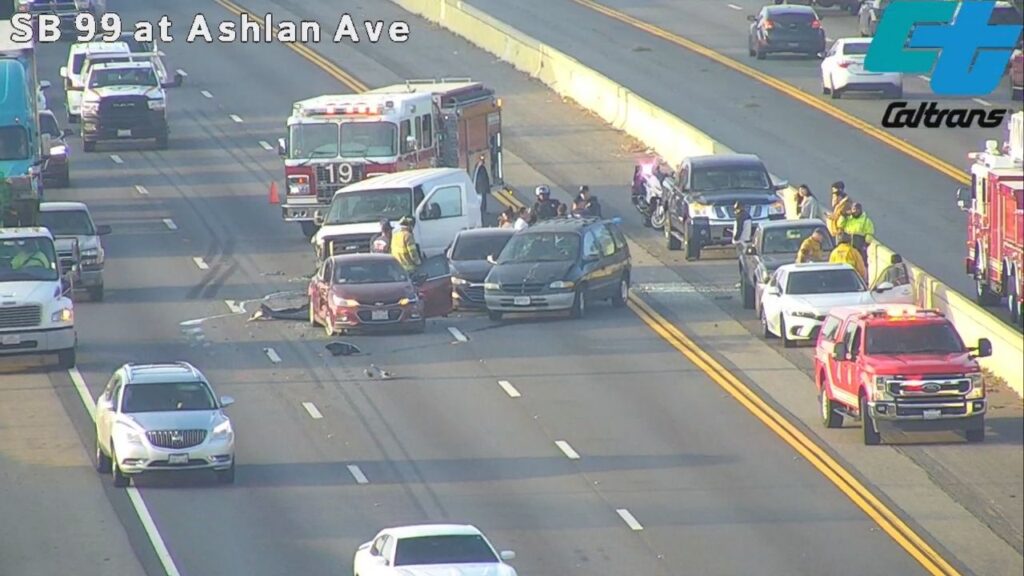Hurricane Helene's storm surge threatens Florida's Big Bend, with experts warning of potentially devastating impacts. (AP File)

- Storm surge from Hurricane Helene could reach 15-20 feet in Florida's Big Bend, posing a severe threat to coastal communities.
- The shallow waters and unique geography of the Big Bend make it particularly vulnerable to storm surge, amplifying potential damage.
- Evacuation is crucial as flooded roads may leave residents stranded without access to emergency services during the hurricane.
Share
|
Getting your Trinity Audio player ready...
|
TALLAHASSEE, Fla. — In 2005, Hurricane Dennis landed near the Alabama-Florida state line as a Category 3 hurricane. Far to the east, Florida’s Big Bend — where Hurricane Helene is expected to come ashore — never even felt tropical storm strength winds, but it was still hit with a mass of water that devasted coastal communities.
That’s storm surge. It’s more deadly and destructive than wind and can make a significant impact far from the center of a storm.
The most common way to measure a hurricane’s strength is the Saffir-Simpson Scale that assigns a category from 1 to 5 based on a storm’s sustained wind speed at its center, with 5 being the strongest. But that only tells part of the story.
While wind can tear off roofs, knock down trees and snap power lines, storm surge can push buildings completely off their foundations, can trap and even drown people in their homes, wash out roads and bridges, toss boats inland and hammer anything in its path.
“The leading cause of death from hurricanes is water, not wind,” said Craig Fugate, the former director of the Federal Emergency Management Agency who previously ran Florida’s emergency management.
And in the case of Hurricane Helene, predicted storm surge could be devastating in the coastal areas of the state’s Big Bend, where the peninsula meets the Panhandle. Forecasters say surge could be between 15 and 20 feet (4.5 to 6 meters).
Related Story: Flash Flood Sweeps Away Hamlet as Vietnam’s Storm Toll Rises to 155 Dead
What Is Storm Surge?
Storm surge is the level at which sea water rises above its normal level.

Much like the way a storm’s sustained winds do not include the potential for even stronger gusts, storm surge doesn’t include the wave height above the mean water level.
Surge is also the amount above what the normal tide is at a time, so a 15-foot storm surge at high tide can be far more devastating than the same surge at low tide.
Related Story: Tropical Storm Francine Forms Off Mexico and Is Expected to Hit Louisiana as a ...
How Does the Potential Storm Surge During Helene Compare to Past Storms?
Hurricane Katrina is largely remembered for causing flooding in New Orleans. That wasn’t from storm surge, but rather the failure of levees protecting the city.
But further east, Mississippi was devastated by up to 28 feet (8.5 meters) of surge. Afterward, parts of the Mississippi coast looked as if someone took heavy equipment and cleared out everything within 300 yards (274 meters) of the shore, Fugate said.
“It took the gambling casino boats and put them on the other side of the road. The Waffle Houses were nothing but slabs,” Fugate said. “That kind of devastation is what they’re going to see in the Big Bend.’
Florida’s Big Bend is sparsely populated compared to other parts of Florida’s coast.
“Fortunately, the populations are much smaller, but it doesn’t mean the devastation to those areas won’t be extreme. I’m thinking about little towns like Panacea. I’m not sure what’s going to be left after this,” Fugate said.
Related Story: Hurricane Debby Makes Landfall in Florida as Category 1 Storm and Threatens ...
Why Is Florida’s Big Bend More Prone to Storm Surge?
The Gulf Coast overall is much shallower than the Atlantic Coast, and even more so in the Big Bend. If you place a fan in front of a shallow baking tray filled with water, it’s going to scatter it much more easily on the kitchen counter than if you put a deep mixing bowl full of water in front of the same fan.
And because of the geography of the Big Bend, the water can’t spread out along the coast as it would in other areas.
“That is very shallow water. Because of the bend, there’s nowhere for the water really to go. It just piles up and moves inland,” Fugate said. “If people haven’t gotten out, it’s going to be bad.”
He noted many of the coastal communities in the area have one road in and out, and once those roads are flooded, people who don’t evacuate will be stuck until the storm passes and flooding recedes.
“Most of the roads down there are going to be underwater, even if (first responders) could, they’re not going to get down there,” Fugate said. “During the storm, there won’t be anybody able to get out there and rescue people.”



















